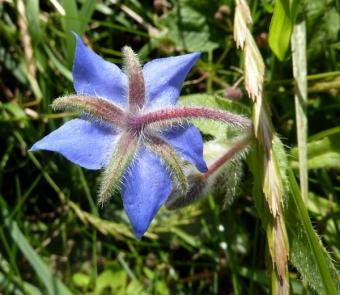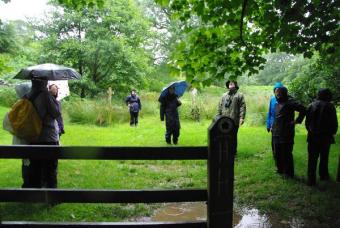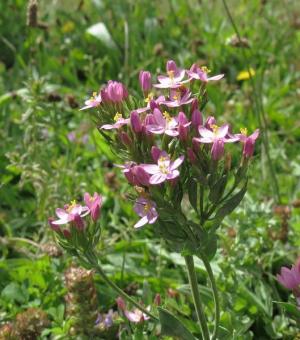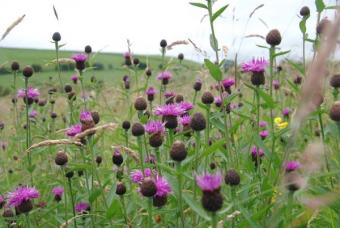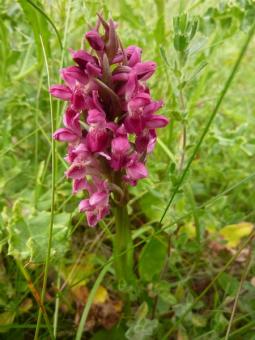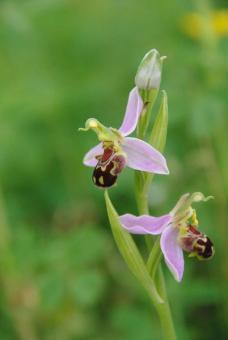WFV, Golden Acre Park, Bramhope, 22nd Aug 2017
 Fly Agaric
Fly Agaric
A group of six departed the Unitarian Church, much less than usually attend. Unfortunately Eric, Margaret and Robert (plus his wife and grand-daughter) had previously cancelled. We headed towards Bramhope via Greengates where we collected Vera. Marilyn and Donald travelled using their own transport. Toilet facilities were alongside the cafe in the park.
This site began life in 1932 as an amusement park but by 1938 visitor numbers had significantly dwindled and the venture failed leaving the site derelict until it was transformed decades later into what it is today; a country park with a variety of woodland and lakeside paths. It also has some notable botanical collections; a remnant of the small gauge railway that circled the large lake and a popular cafe. Breary Marsh Nature Reserve and Adel Dam are both adjacent.
Our perimeter walk began in a slow vein, even for us, as we were finding fungi every few yards. The mycological season appears to have begun several weeks earlier this year no doubt due to a combination of successively warm and wet days throughout August. We recorded a total of 16 species (and we are not mycologists!) and no doubt there was much more we missed or failed to identify: Fly Agaric, Amanita rubescens (The Blusher) was the commonest species, Amanita crocea (Orange Grisette) the most attractive, Macrolepiota procera (Parasol) the largest species, Ganodermas, Birch Polypore, Coprinus micaceus (Glistening Inkcap), Sulphur Tuft (lots of this), Marasmius rotula (Little Wheel) the tiniest of the day, Boletus badius (Bay Bolete), Peppery Bolete, Lactarius glyciosmus (Coconut Milkcap), Oyster Mushroom, Fuligo septica (Flower's of Tan) - several patches of this attractive? slimemould', Willow Brackets (outside the Marsh Hide) and a Collybia, possibly erythropus.
The weather was the warm side of mild, a gentle breeze and slightly humid. Strangely we encountered no day-flying moths, dragon or damselflies. Butterflies were around but in low numbers; a Red Admiral, a couple of Speckled Woods, two Peacocks and several whites incl. Large and Green-veined.
Our lunch was taken on the high ground after we had passed through the large car-park on the opposite side of the park and where we had seen a mixed flock of small birds in the conifers (Goldcrest, Coal Tits etc). We the proceeded towards Adel Dam, Marsh Bird Hide where we saw Nuthatch and a couple of GS Woodpeckers. Sadly the Mandarin ducks did not put in an appearance.
Alice and Joan recorded 116 plants in flower or fruit the most interesting of which were Wild Angelica, Bristly Ox-tongue, Monkeyflower, Gypsywort, Purple Loosestrife (at the Marsh Hide), Hornbeam and Greengage.
We arrived back at the start just after 2pm. Those of us who frequent cafes were treated to free drinks and cakes of our choice by Joan who was celebrating a milestone birthday. Yes, there were some who declined the offer!
We left the site on time at 3pm. Thanks to Stuart for picking up the bus and for doing the driving. It was nice to see Trevor, one of the volunteers, coming out with us for the first time.
See the photos here.
John Gavaghan

